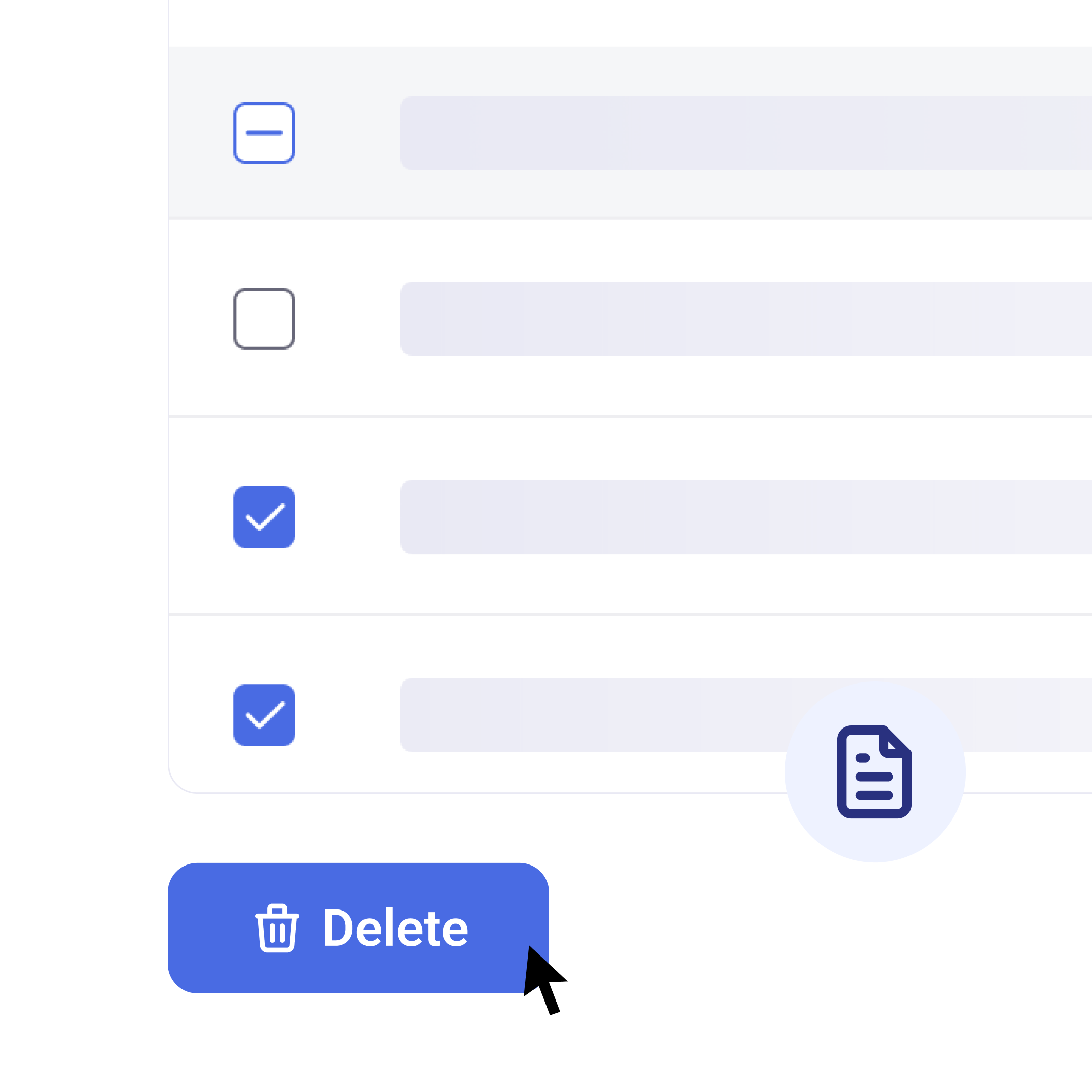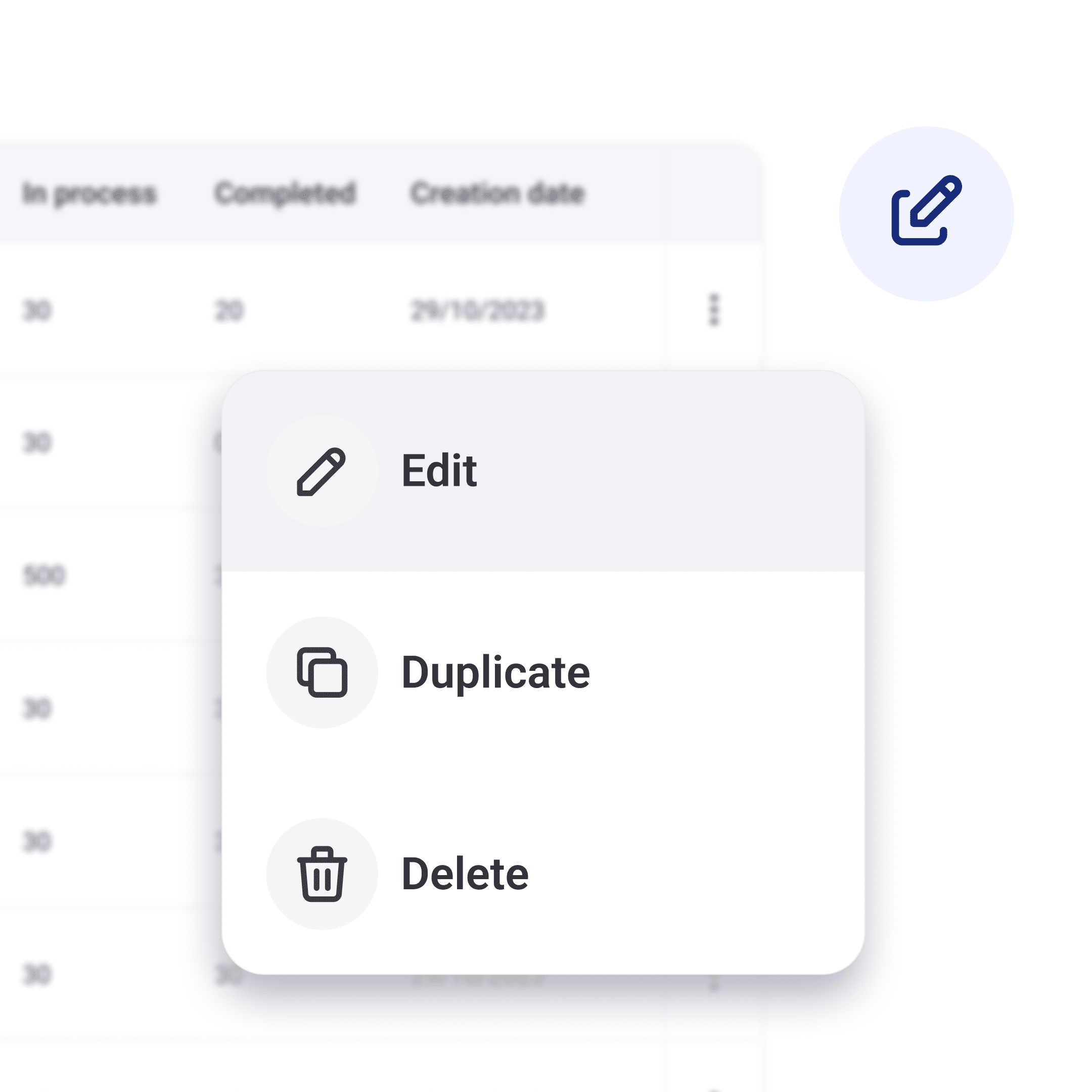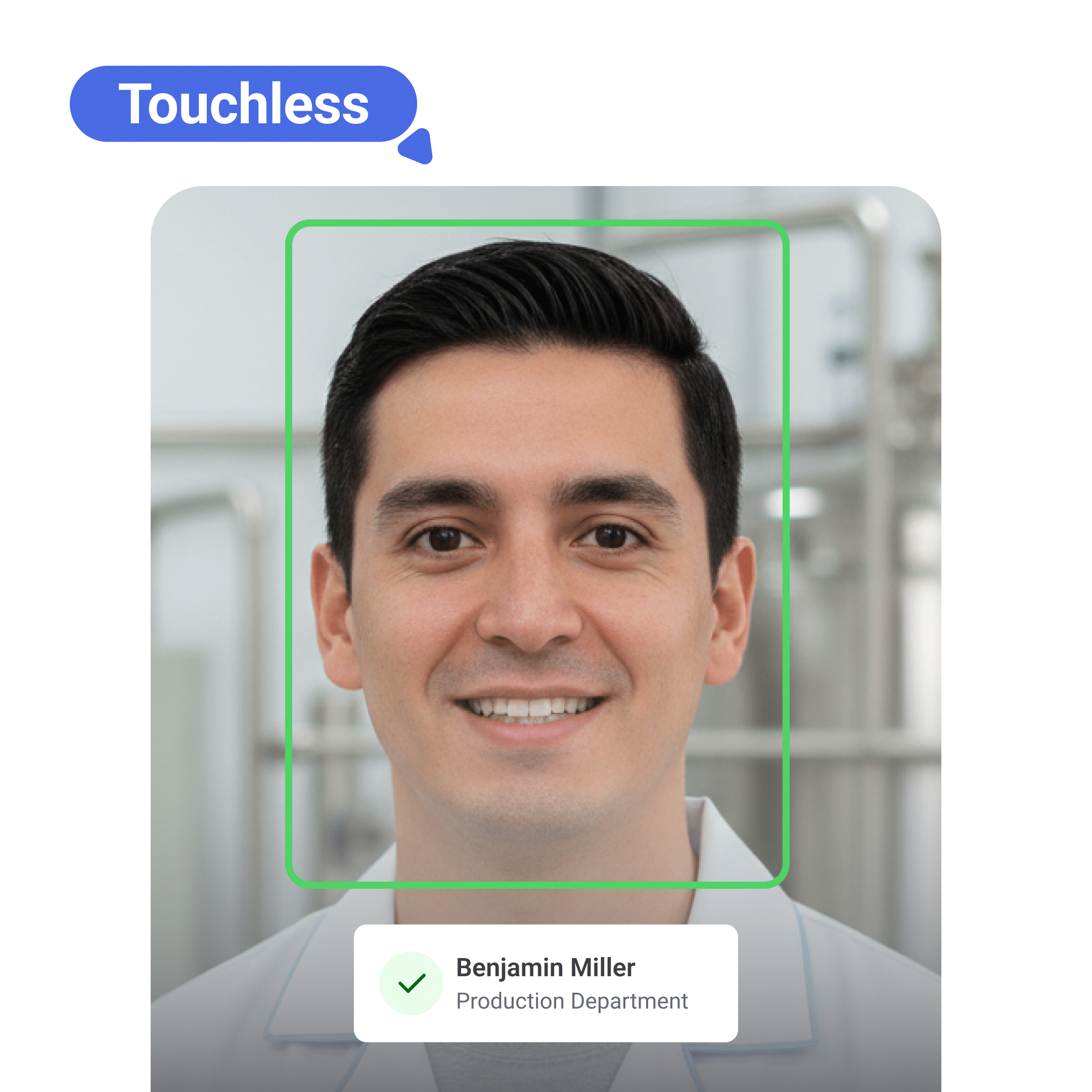Empowering organizations to manage leave with precision and adaptability.
Humand now supports hour-based time-off policies, giving teams the flexibility to request, approve, and track leave not just by days — but by hours. This update helps companies adapt to evolving work patterns and provide a more personalized employee experience.
A Smarter Way to Manage Time
Many organizations offer flexible policies like “annual hours off,” “late arrivals,” or “personal time” — all measured in hours instead of days.
The platform now enables requests, balances, and accruals in hours, providing precision and alignment with how modern teams actually manage their schedules.
This update is especially valuable for companies operating across multiple countries or industries where time-off flexibility is essential — such as healthcare, logistics, or professional services.
What’s New
The Time-Off by Hours update brings powerful improvements to both configuration and user experience:
- New “hours” unit in policy setup: admins can create policies that operate entirely in hours, rather than days.
- Configurable parameters: accruals, carryover limits, and validations now work the same way as day-based policies.
- User-side hourly requests: employees can request time off in hours, choosing specific start and end times.
- Two modes for multi-day requests: deduct hours based on working schedules or set a fixed number of hours per day.
- Improved balance visibility: balances and limits display in hours.
This feature integrates seamlessly with the Time Off module, giving organizations full control over hourly leave across web and mobile.
Key Benefits
- Precision and flexibility: manage time off with greater granularity, supporting different working schedules.
- Enhanced employee experience: adapt to diverse time-off needs, from personal hours to partial-day absences.
- Global alignment: ideal for countries like the U.S. or Australia where hourly leave is standard.
- Administrative consistency: same setup and rules as existing day-based policies.
- Smarter compliance: clear visibility of hours earned, used, and remaining.
Real-Life Use Cases
Here are some examples of how organizations can apply hour-based leave in everyday operations:
- “An employee needs to leave early for a medical appointment.” → They can request just 2 hours off, instead of taking half a day.
- “Flexible working hours are part of our culture.” → Allow team members to manage short absences without disrupting productivity.
- “We track overtime and compensatory hours.” → Configure policies in hourly units for accurate tracking and fair balance management.
- “Operations run in shifts.” → Managers can approve time off in exact hourly blocks, aligned with schedules.
- “We offer wellness or volunteer hours.” → Grant partial-day leave for specific initiatives or community activities.
The Time-Off by Hours feature is now available in Humand, within the Time Off module.
👉 Start configuring hourly policies today to make your organization’s time management more flexible, accurate, and people-centered.






